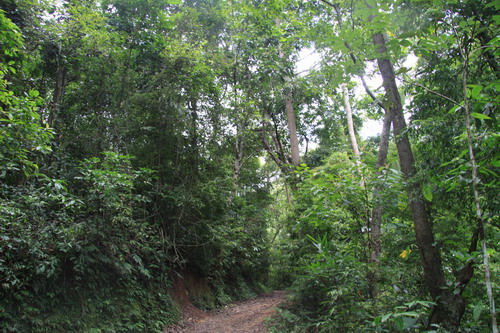The researchers found that the soil DOC and DN concentrations under the litter bags decreased significantly after an initial peak with increasing degradation and decomposition of litter. They performed principal components analysis (PCA) and stepwise linear regression to reveal the main factors on surface soil DOC and DN dynamics during litter decomposition.
The principal components together explained 67.4% of the variance of all parameters ( litter decomposition rate, litter remain mass, litter carbon content, litter nitrogen content, litter acid detergent fiber content, litter neutral detergent fiber content, litter lignin content, litter Hemicellulose content, litter Cellulose content, litter carbon mass, litter nitrogen mass, litter neutral detergent fiber mass, litter acid detergent fiber mass, litter Hemicellulose mass, litter cellulose mass, litter lignin mass, surface temperature, soil temperature at 10 cm depth, rainfall, soil water content of soil sample time, monthly soil water content, soil organic carbon content, soil nitrogen content).
Stepwise linear regression between DOC and DN concentrations and principal components showed that degraded litter quantity and quality explained 61.3% and 71.2% of the variation in DOC and DN concentrations, respectively.
The results showed that the strongest limiting factor for DOC was litter carbon mass. In contrast, the limiting factor for soil DN was hemicellulose mass, composed of sugar polymers. The researchers thus concluded that DN dynamics was associated with variations in monosaccharide components.
The study made it clear that litter decomposition was the predominant factor controlling surface-soil DOC and DN dynamics. The researchers proposed that more attention should be paid to the mechanisms controlling biogeochemical cycles of DOC and DN to clarify the role of DOC and DN in C and N cycles in future studies.
The study entitled “Direct effects of litter decomposition on soil dissolved organic carbon and nitrogen in a tropical rainforest” has been published online in Soil Biology and Biochemistry.

Tropical forest of Xishuangbanna (Image by ZHOU Wenjun)

